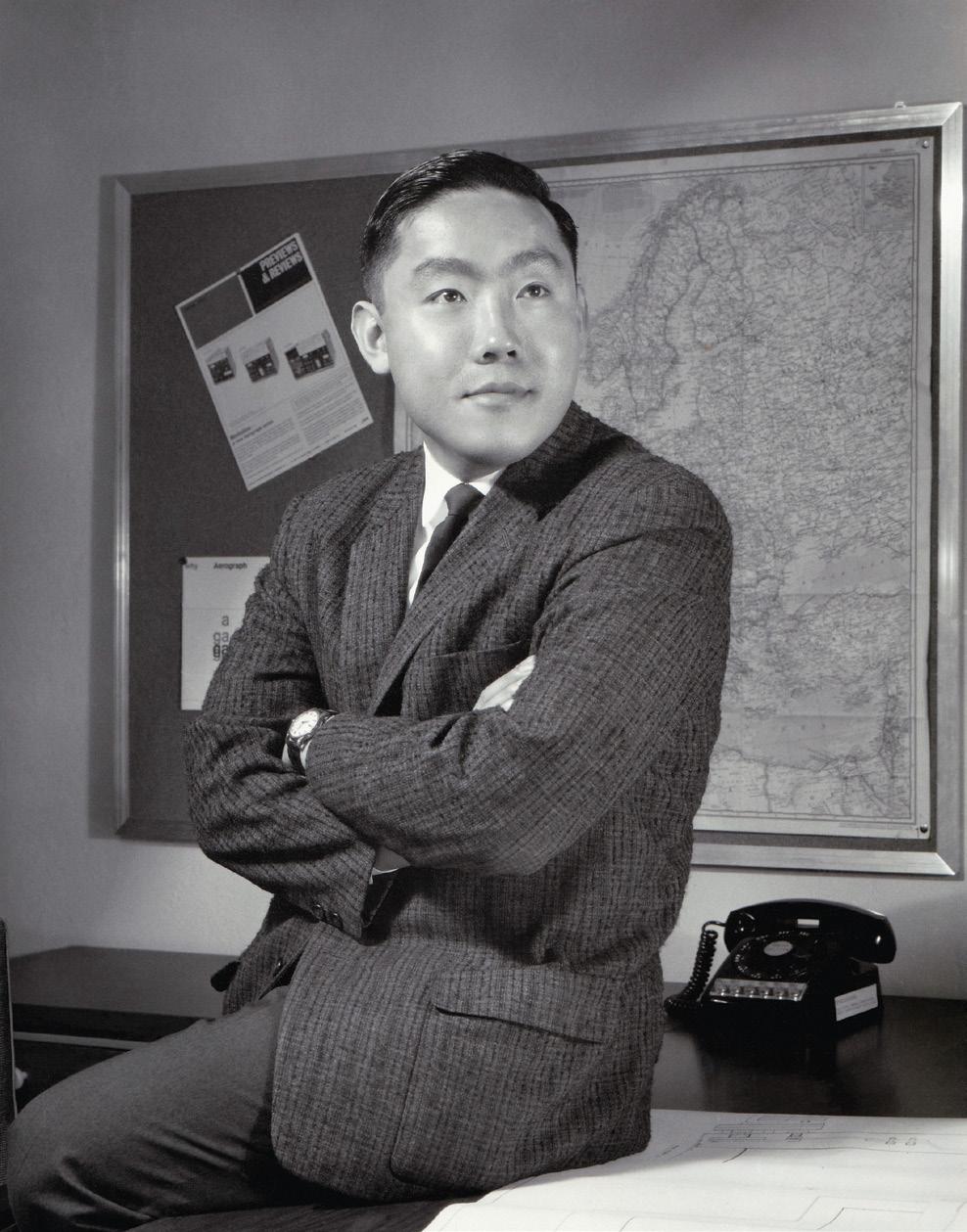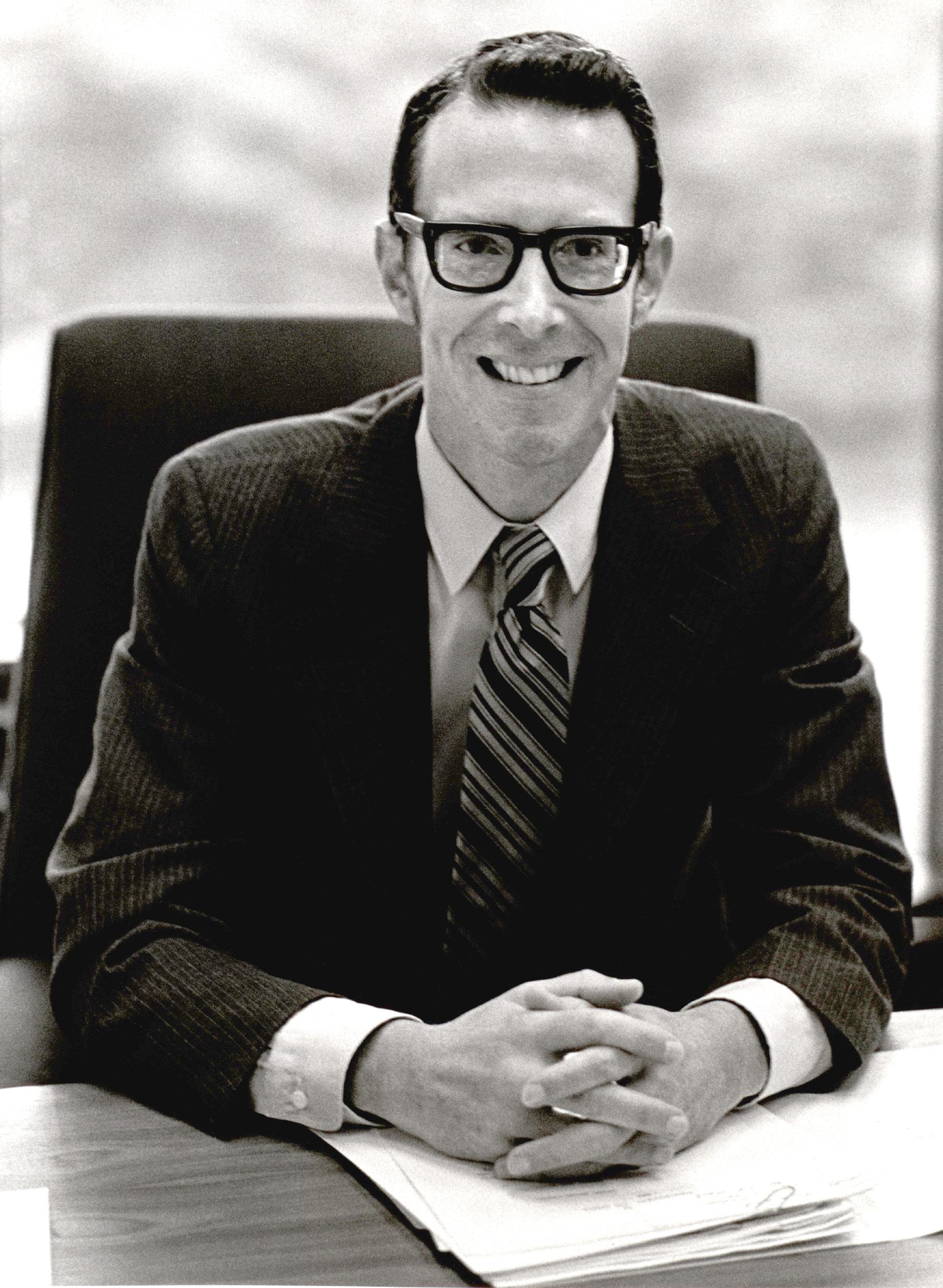
7 minute read
The Power of Bequests – Gifts from our Cupola Era Alumni
Marguerite “Rita” Wieland
(1925–2019)
Advertisement
Rita gave a bequest to the Department of Chemistry of $1.9M. $1M will create the Rita Wieland Opportunity Fund in Chemistry; $900K will be used to create the Rita Wieland Chemistry Department BUILDER of Enrichment Fund.
BERKELEY
Rita Wieland (B.S. ’46, Chem) was born in Fresno, Ca. Her father’s family was German-Austrian. Her mother was French. Rita’s father, William Augustine Wieland, was a first generation American who graduated from UC Santa Barbara receiving a B.L. in Social Science in 1915. After serving in World War I, he started out as a high-school teacher eventually becoming a high-school principal in San Francisco. He met and married Florence Buckett in London in 1924 after the war. They returned to the United States and first lived in the central valley of California before settling in San Francisco. Florence raised the family and volunteered at Kaiser Hospital and the De Young Museum. Rita went to Lowell High School in San Francisco and started at UC Berkeley in 1943 during the College’s World War II era. G.N. Lewis was dean and Glenn Seaborg and other faculty and students from the College were working on the Manhattan Project at the time. After receiving her B.S., Rita started her lifelong career as a researcher at Shell Development Co. in Emeryville. The Emeryville Research Center was a major research facility of Shell Oil in the U.S. from 1928 until 1972. The facilities were
Rita at UC Berkeley in the 1940s.
PHOTO ESTATE OF RITA WIELAND
located on close to 27 acres, included nearly 90 buildings at peak, and employed a staff of 1,500. The center did research on Tricresyl phosphate (TCP) and other gasoline additives; desulfurization methods and standards for gasoline and motor oil; and pioneering fingerprinting techniques to identify oil spill origins, among many other innovations. Though Shell self-identified as a conservative employer, many Shell scientists were politically progressive, championing causes such as the Sierra Club and no-growth economic strategies. Shell Development’s senior scientific ranks included scientists who had been graduate students of Glenn Seaborg, a UC Berkeley scientist who pioneered techniques to create and verify transuranium elements. Shell Development also bore the indirect imprint of the physicist Robert Oppenheimer who was the director of the Manhattan Project and who was interested in the well-being of the workers at the facility. Rita had many personal interests including memberships in the Mt. Diablo Ski Club and The Sierra Club. She enjoyed traveling throughout the world learning about different cultures. She became a member of UC Berkeley’s Benjamin Ide Wheeler Society in 2006 establishing a deferred charitable gift. We are very grateful to Rita for her gift to the College.
Tao-Zeun (T.Z.) Chu
(1934–2016)
T.Z. left a bequest to the College of $1.5M, which adds to the generous gifts he and his wife, Irmgard Chu, have made over the years. $500K will establish the T.Z. and Irmgard Chu Fellowship; $500K is designated for the T.Z. and Irmgard Chu Scholarship in Chemistry; and $500K will be used for various College programs.
T.Z. (B.S. ’58, Chem) was born in 1934 in Shanghai, China. His father Vico was born into a Chinese silk merchant family. His mother Tseneko Ashikaga, was a member of an aristocratic family from Japan. They were married in 1930. Besides T.Z. the couple had two daughters. The family was forced to leave Shanghai at the end of 1948 when the communist army advanced toward the city. They settled in Bombay (now Mumbai), India. His parents eventually moved to Bangkok, Thailand to launch a business. They left T.Z. and his two sisters behind at an American boarding school for their education. They joined their parents after T.Z. and his sister graduated from high school. T.Z. came to the United States in 1953. He was accepted at Berkeley as a chemical engineering student but switched his major to physical chemistry. Because it was a difficult economic time for his family, he paid his college expenses by working summers at a Del Monte fruit cannery and graded papers for the math department. He graduated with a B.S. in Chemistry in 1958. For 45 years, T.Z. enjoyed a successful career in the analytical and scientific instruments industry as a scientist, manager, entrepreneur and venture investor in several pioneering

PHOTO COURTESY IRMGARD CHU
instrumentation fields. His first job was with Wilkens Aerograph who was manufacturing gas chromatographs, then a significant new and powerful analytical instrument. He was offered the job as the company’s first applications chemist working in the founder’s garage. The company grew quickly, and he was put in charge of marketing and sales eventually expanding the company into Europe where he met his wife Irmgard. After continuing to grow Wilkens Aerograph and shepherding it through a sale, he went to another startup Finnigan Instrument Company. He continued on in business serving as CEO of several instrument companies that needed turn-around leadership retiring for good in 2012 at age 78. Besides his prolific commercial career, T.Z. always took special interest in supporting educational institutions. He served as a trustee of the University of California Berkeley Foundation, among other schools and organizations. He said of his service, “To me, success is measured by whether the contributions I made during my career had a lasting positive impact on the world.” An excellent biography about T.Z. is available at chemistry.berkeley.edu/tz
John Francis Heil, Jr.
(1936–2019)
John Heil (BS ’57 ChemE; Ph.D. ’65, ChemE) was born and grew up in the North Beach neighborhood in San Francisco, CA. After graduating from George Washington High School, he attended UC Berkeley, immediately gravitating toward the sciences. He graduated in 1957 with his B.S. in Chemical Engineering, while fulfilling an army commission through the R.O.T.C. program. He went on to join the 91st division at the Presidio in San Francisco and served for many years in the 363d regiment in the reserves, eventually reaching the rank of lieutenant colonel in 1975. John loved the symbiosis of his civilian and military career, always learning and applying skills from one to the other. John’s career started at Stauffer Chemical (Stauffer) in 1958 at the Richmond research center when the company was starting its major expansion period. Stauffer was an “old” company having been started by John Stauffer in 1885 in San Francisco. Stauffer’s first line of business was grinding white cliff stone (chalk) that came as ballast in ships from England. By the time John joined the company in the 1950s as a researcher it had just gone public and was producing its first line of petrochemical products. Stauffer supported and nurtured the young engineer and encouraged him to move forward with his education. John went back to UC Berkeley obtaining his Ph.D. in Chemical Engineering in 1965 in the lab of John Prausnitz. Prausnitz said of John, “He was the ‘strong silent’ type of student who spoke rarely but consistently performed well. His Ph.D. work showed how the theory of polymer solutions could be used in chemical engineering process and product design.” John’s career at Stauffer grew over the years. He joined the company’s de Guigne Technical Center as a pilot plant engineer in 1957. After finishing his Ph.D., he moved from the pilot plant into process development then served as technical assistant to the director of research at Richmond from 196769. He was a manager of the Formulations Section and then of the Product Development Department before transferring to Stauffer Chemical Company of Wyoming in 1976. John remained tightly linked to the College of Chemistry throughout his career, taking on a position on the Advisory Board in 1985. When he tried to resign as chairman in 1987, Brad Moore who was dean at the time asked John to stay and undertake some College projects for him, which John graciously agreed to. He and the Advisory Board at the time had a significant role in starting what became the project to build Tan Kha Kee Hall. Beyond his academic and professional success, John was an avid traveler, accomplished photographer, and gardener. Jeffrey Reimer, Chair of the Department of Chemical and Biomolecular Engineering (CBE) said of John’s gift, “Thanks to John, we will be able to hire an emerging scholar in the fields of artificial intelligence and machine learning, allowing the department to realize research into more environmentally sustainable and ‘smart’ manufacturing processes, consistent with the campus signature initiative on Environmental Sustainability and Justice.”
John has given the College a bequest of $4.4M. $3M to establish the John F. Heil, Jr., Chancellor’s Chair in Chemical & Biomolecular Engineering; $1M for the John F. Heil, Junior Professorship in Chemical & Biomolecular Engineering; the College is currently recruiting for these positions; and $400k to be used by the CBE department for faculty startup costs.

COURTESY OF THE DEPARTMENT OF SPECIAL COLLECTIONS, STANFORD UNIVERSITY LIBRARIES. (M0901, BOX 49, JOHN HEIL 1981) PHOTO M. BISCEGLIE




